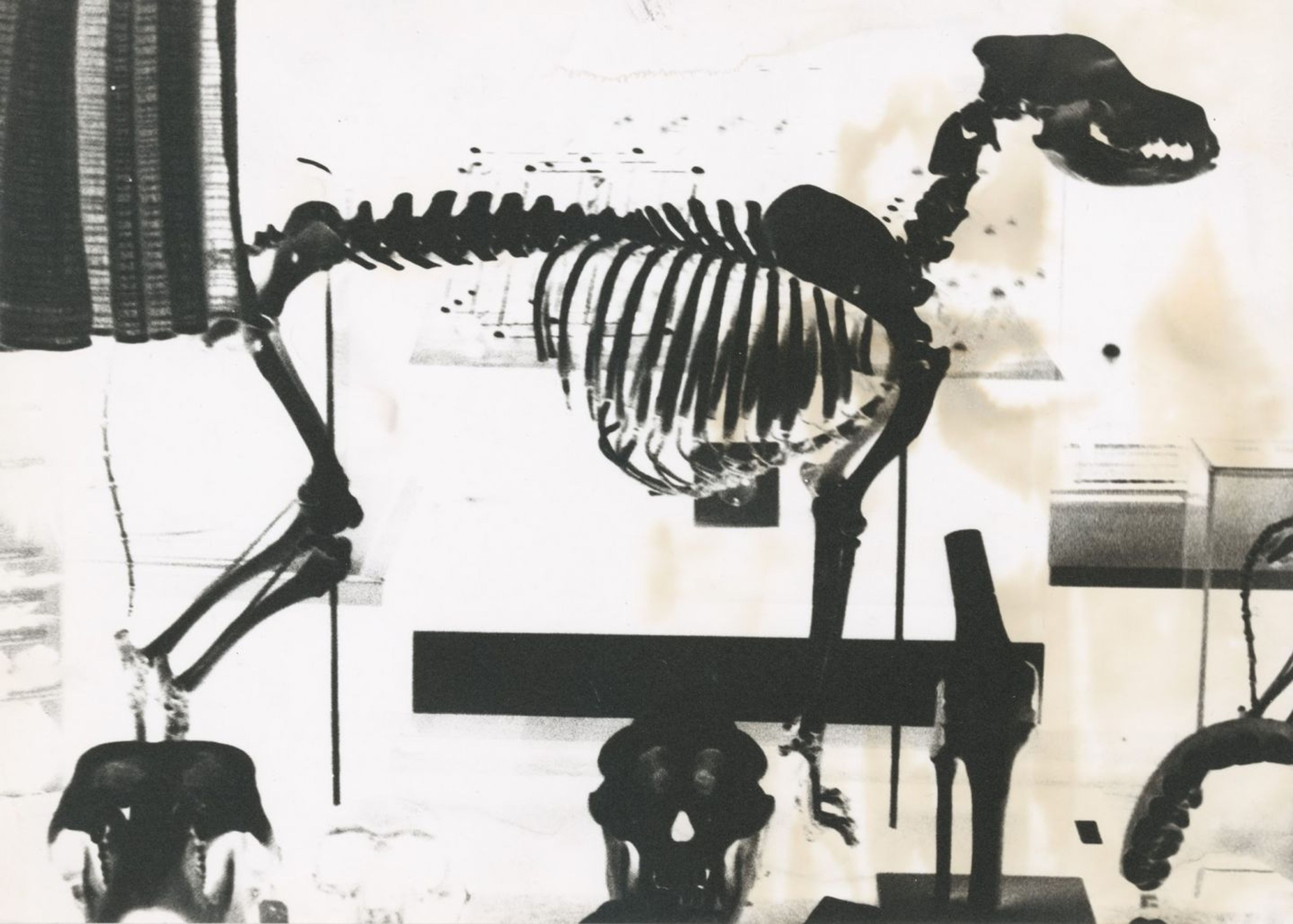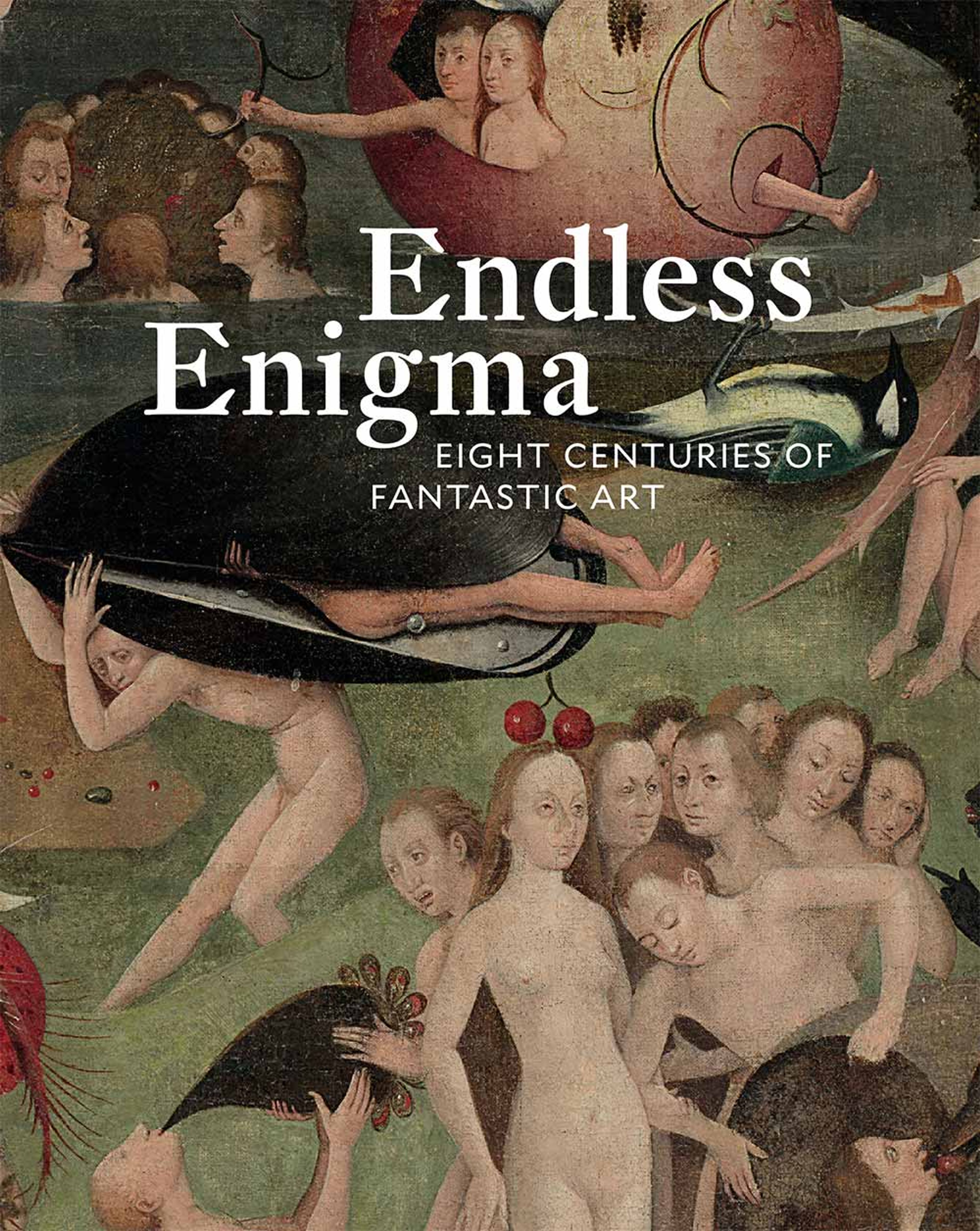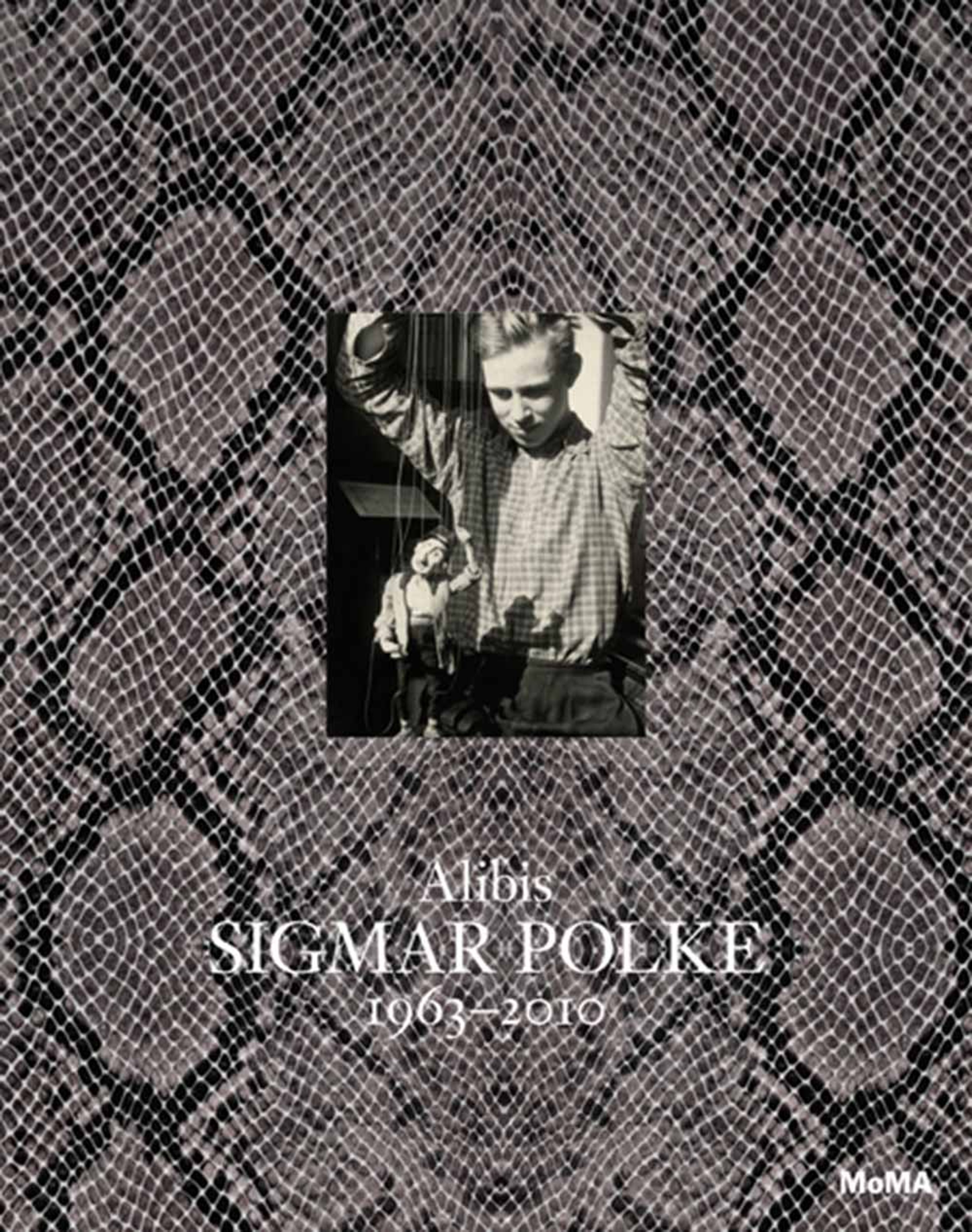Sigmar Polke
German artist Sigmar Polke (1941–2010) is widely recognized as one of the most innovative painters and multidisciplinary artists of the postwar era. Characterized by an experimental and inquisitive attitude, Polke's work engages unconventional and diverse materials and techniques and playfully defies social, political, and aesthetic conventions.
Learn MoreSurvey
Exhibitions

Explore Exhibitions
Artist News
Biography

Sigmar Polke, Magnetische Landschaft (Magnetic Landscape), 1982
German artist Sigmar Polke (1941–2010) is widely recognized as one of the most innovative painters and multidisciplinary artists of the postwar era. Characterized by an experimental and inquisitive attitude, Polke’s work engages unconventional and diverse materials and techniques and playfully defies social, political, and aesthetic conventions.
Polke received his first artistic training, beginning in 1959, as a glass painter, and in 1961 he enrolled at the Staatliche Kunstakademie Düsseldorf to study painting. In 1963, Polke, along with fellow students Manfred Kuttner, Konrad Lueg, and Gerhard Richter, organized an exhibition of their own work in an empty butcher’s shop in Düsseldorf. The show helped to launch the artists’ early careers and first introduced the term “Capitalist Realism.” By the end of the decade, Polke would have solo exhibitions at such notable galleries as Galerie René Block, Berlin; Galerie Schmela, Düsseldorf; Galerie Heiner Friedrich, Munich; and Galerie Rudolf Zwirner, Cologne.
Since Polke’s first participation in Documenta 5 in 1972, he has been the subject of numerous solo exhibitions at significant institutions, including Sigmar Polke. Bilder, Tücher, Objekte. Werkauswahl 1962–1971, which was held at the Kunsthalle Tübingen, Städtische Kunsthalle Düsseldorf, and the Stedelijk Van Abbemuseum, Eindhoven, in 1976. In 1983, the Museum Boymans-van Beuningen, Rotterdam, hosted Sigmar Polke that traveled to Kunstmuseum Bonn in 1984. Harald Szeemann curated a retrospective of Polke’s work in 1984, which was held at the Kunsthaus Zürich and the Josef-Haubrich-Kunsthalle, Cologne. In 1988, Polke exhibited new work in the Musée d’art moderne de la Ville de Paris. An extensive retrospective, Sigmar Polke. Die drei Lügen der Malerei, was presented at the Kunst- und Ausstellungshalle der Bundesrepublik Deutschland, Bonn, 1997, and traveled to the Nationalgalerie im Hamburger Bahnhof, Museum für Gegenwart, Berlin, in 1997.
His first United States retrospective took place at the San Francisco Museum of Modern Art; Hirshhorn Museum and Sculpture Garden, Washington, DC; Museum of Contemporary Art, Chicago; and the Brooklyn Museum, New York, in 1990 to 1992. The Museum of Contemporary Art, Los Angeles, organized an exhibition of Polke’s photographs titled Sigmar Polke: Photoworks. When Pictures Vanish in 1995, which traveled to Site Santa Fe, New Mexico (1996), and the Corcoran Gallery of Art, Washington, DC (1996–1997). The Museum of Modern Art, New York, organized an overview of the artist’s works on paper in 1999, which traveled to the Hamburger Kunsthalle, Hamburg.
Polke’s work was also featured in solo exhibitions at the Astrup Fearnley Museum of Modern Art, Oslo, and the Louisiana Museum, Humlebæk, Denmark (Sigmar Polke: Alchimist, 2001); the Dallas Museum of Art (Sigmar Polke: History of Everything. Recent Paintings and Drawings, 2002–2003; traveled to Tate Modern, London); Kunsthaus Zürich (Sigmar Polke: Werke & Tage, 2005); Ueno Royal Museum, Tokyo (Sigmar Polke: Alice in Wonderland, 2005–2006; traveled to The National Museum of Art, Osaka); Städtische Kunsthalle Mannheim (Sigmar Polke: Fotografien 1964–2000, 2006); J. Paul Getty Museum, Los Angeles (Sigmar Polke: Photographs 1968–1972, 2007); Hamburger Kunsthalle, Hamburg (Sigmar Polke: Wir Kleinbürger! Zeitgenossen und Zeitgenossinnen. Die 1970er Jahre, 2009–2010); and the Musée de Grenoble (2013–2014).
The comprehensive retrospective Alibis: Sigmar Polke, 1963–2010 was held at The Museum of Modern Art, New York; Tate Modern, London; and Museum Ludwig, Cologne (2014–2015). In 2018, Sigmar Polke: Photographs 70–80 was presented at the Museum Morsbroich, Leverkusen, Germany, and In Focus: Sigmar Polke in the Lambrecht-Collection was on view at the Museum für Gegenwartskunst Siegen, Germany, in 2018–2019. The Museum of Contemporary Art, Zagreb, Croatia, presented Sigmar Polke – Music from an Unknown Source in 2019. A solo exhibition of Polke’s work was on view at Städtische Galerie Karlsruhe, Germany, in 2022. In 2024, the Schinkel Pavillon, Berlin, presented The Native Forest Floor. Higher Powers Command: Show Polke!, a major solo exhibition of the artist’s work. The presentation is currently on view at the Foundation Vincent van Gogh Arles, through October 2025.
During his lifetime, Polke was included in numerous international biennales, including Documenta, the Bienal de São Paulo, and the Venice Biennale, and received a number of awards, including the Golden Lion for his solo presentation at the West German Pavilion in 1986 at the Venice Biennale, the Erasmus Prize (1994), the Carnegie Prize (1995), the Praemium Imperiale (2002), and the Roswitha Haftmann-Preis (2010), among others. In addition to Galerie René Block, Galerie Schmela, Galerie Heiner Friedrich, and Galerie Rudolf Zwirner, Polke showed regularly at Galerie BAMA, Paris; Galerie Toni Gerber, Bern, Switzerland; and Michael Werner Gallery, Berlin and New York.
In May 2016, David Zwirner presented a major exhibition of the artist’s work at the gallery’s West 20th Street location in New York; the show was organized in collaboration with the Estate of Sigmar Polke and curated by Vicente Todolí.
Polke’s work is included in the permanent collections of major museums around the world, including the Art Institute of Chicago; The Broad, Los Angeles; Centre Pompidou, Paris; Guggenheim Museum Bilbao, Spain; Hirshhorn Museum and Sculpture Garden, Washington, DC; J. Paul Getty Museum, Los Angeles; The Metropolitan Museum of Art, New York; Museum für Moderne Kunst, Frankfurt; The Museum of Modern Art, New York; National Gallery of Art, Washington, DC; National Museum of Art, Osaka; Stedelijk Museum, Amsterdam; and the Tate, United Kingdom, among others.
Selected Titles

Request more information
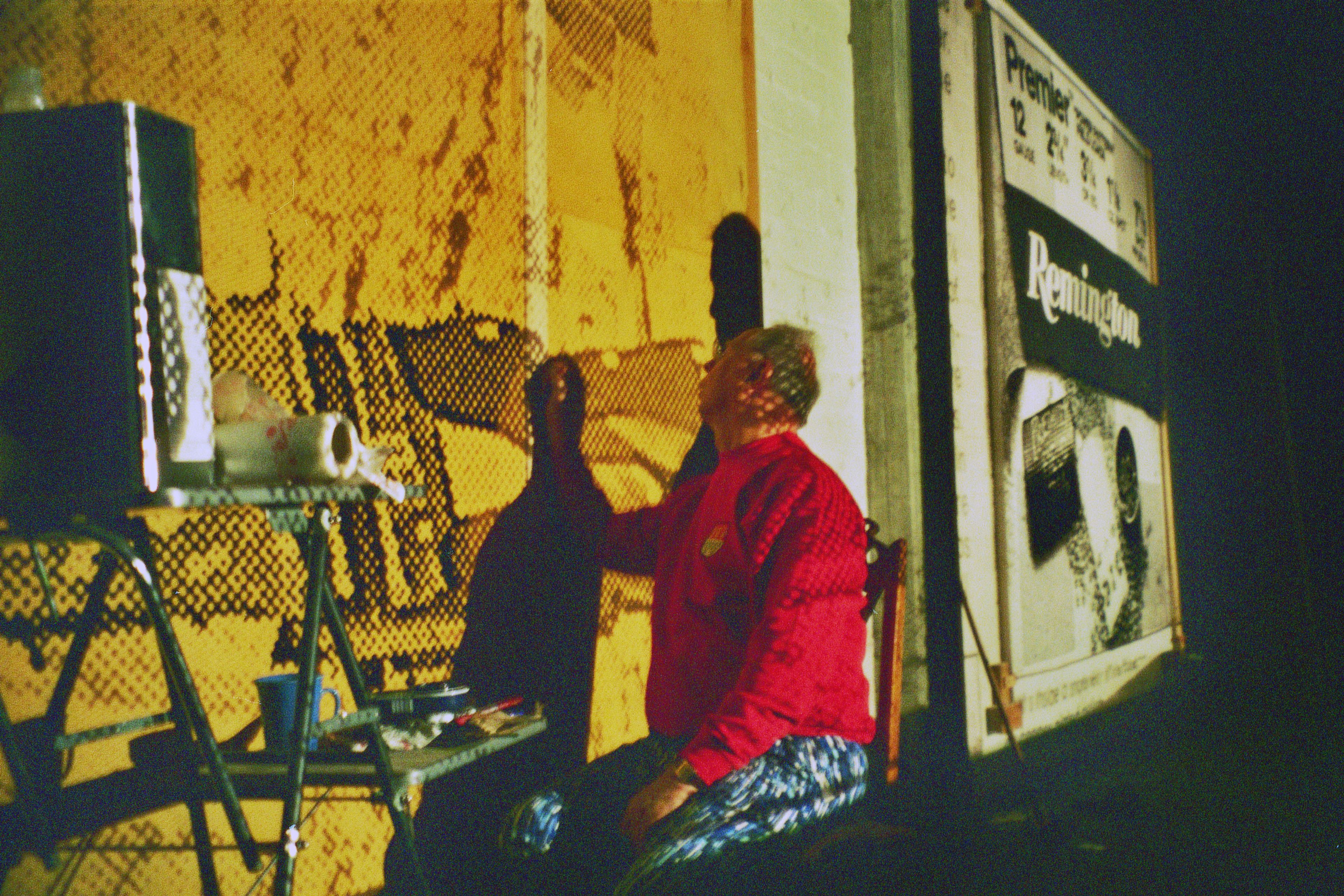
![A work on paper by Sigmar Polke, titled Rasterzeichnung (PortraÃàt Lee Harvey Oswald), translated as Raster Drawing [Portrait of Lee Harvey Oswald]), dated 1963.](https://cdn.sanity.io/images/juzvn5an/release-adp/e63b26dee390be84bce4753cb44962bdf083f9f2-1427x1920.png?w=3840)
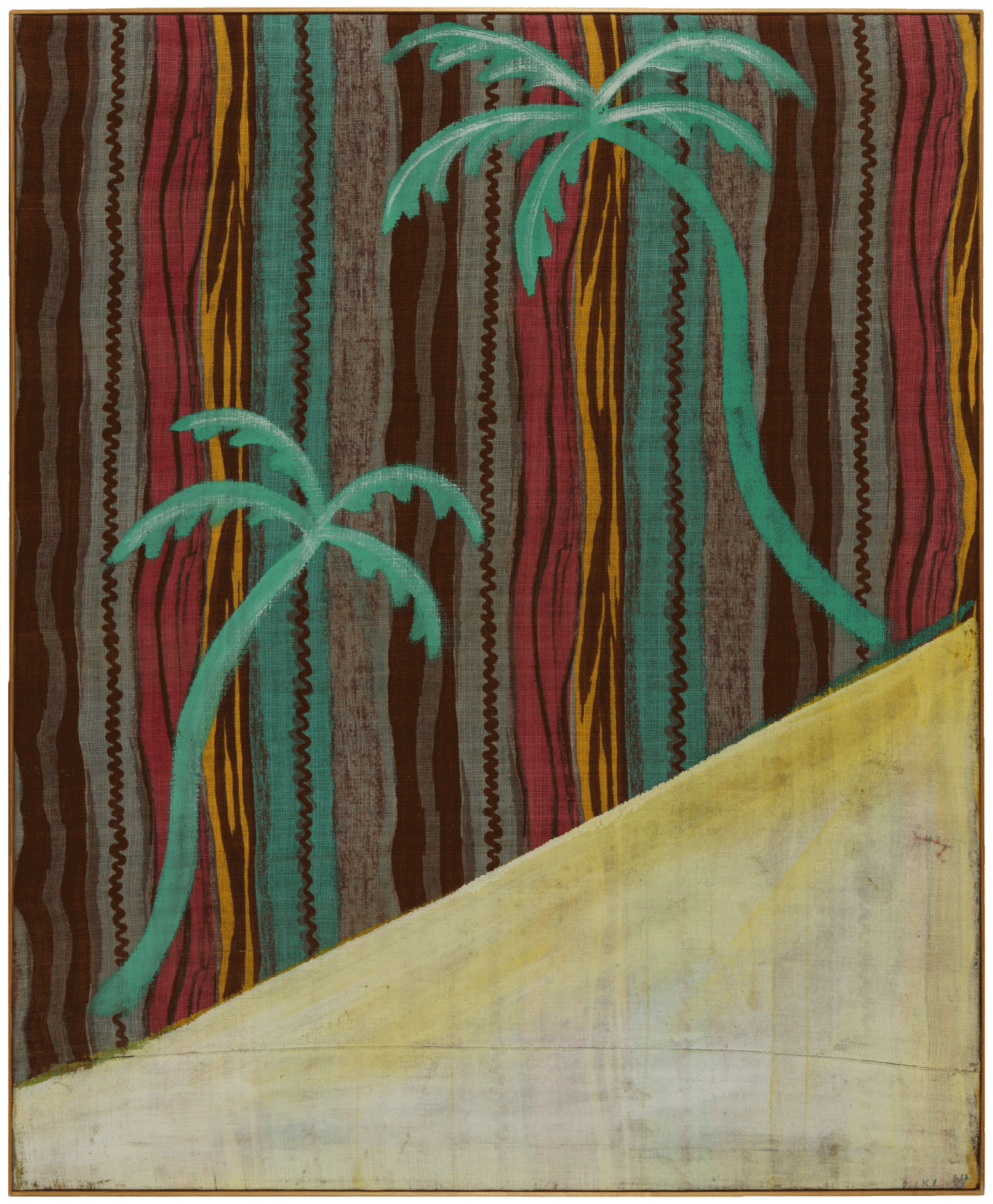
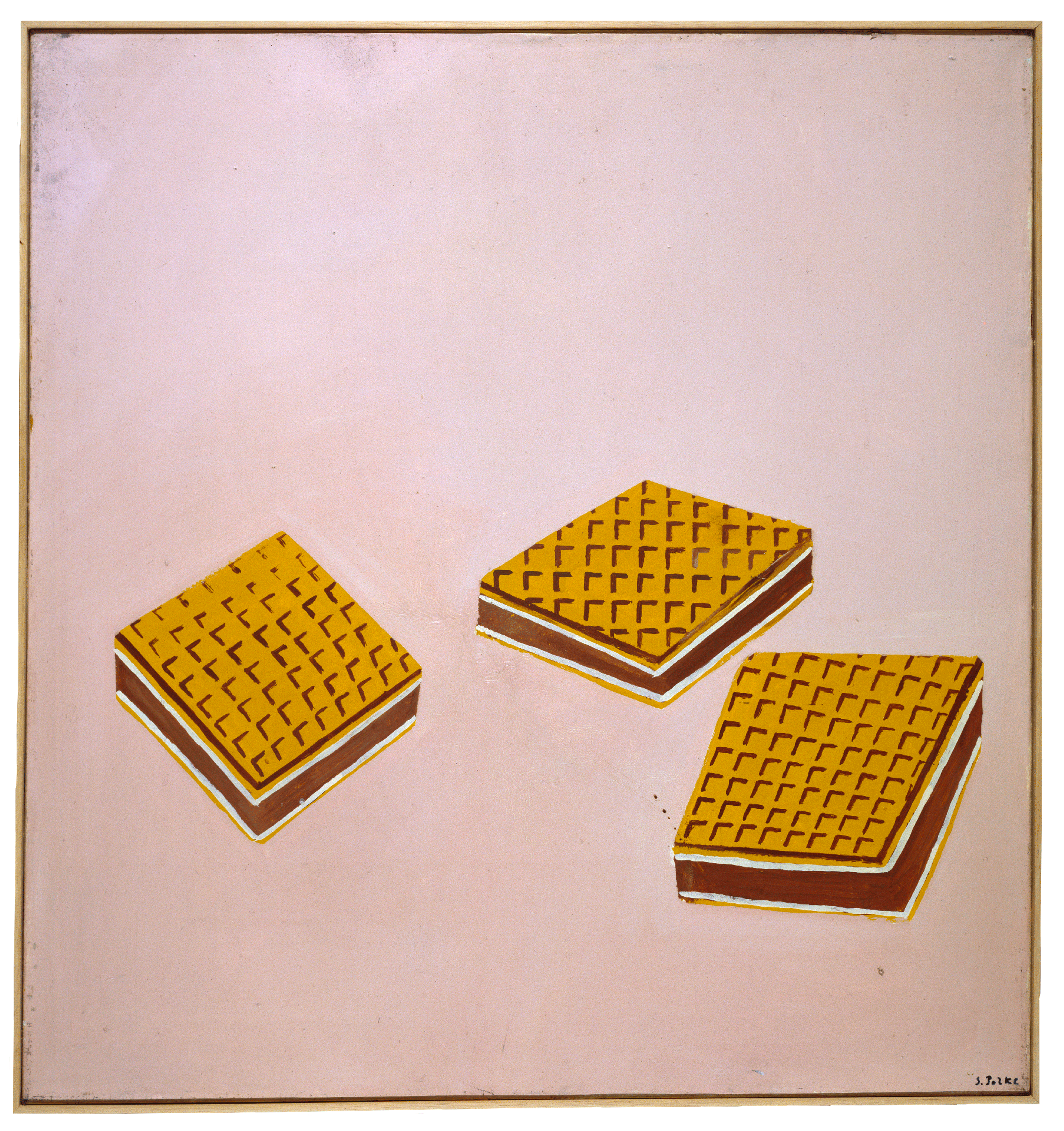

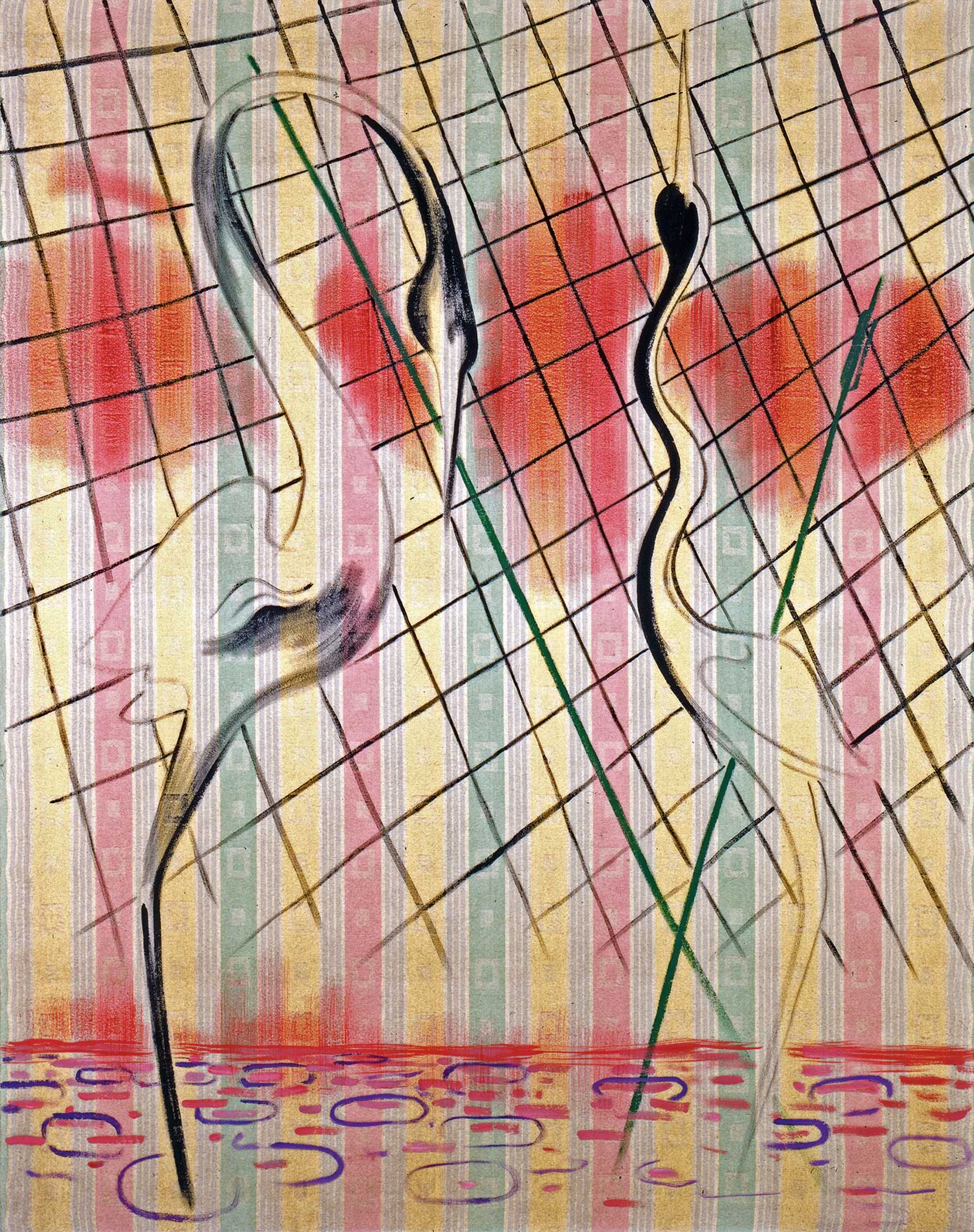
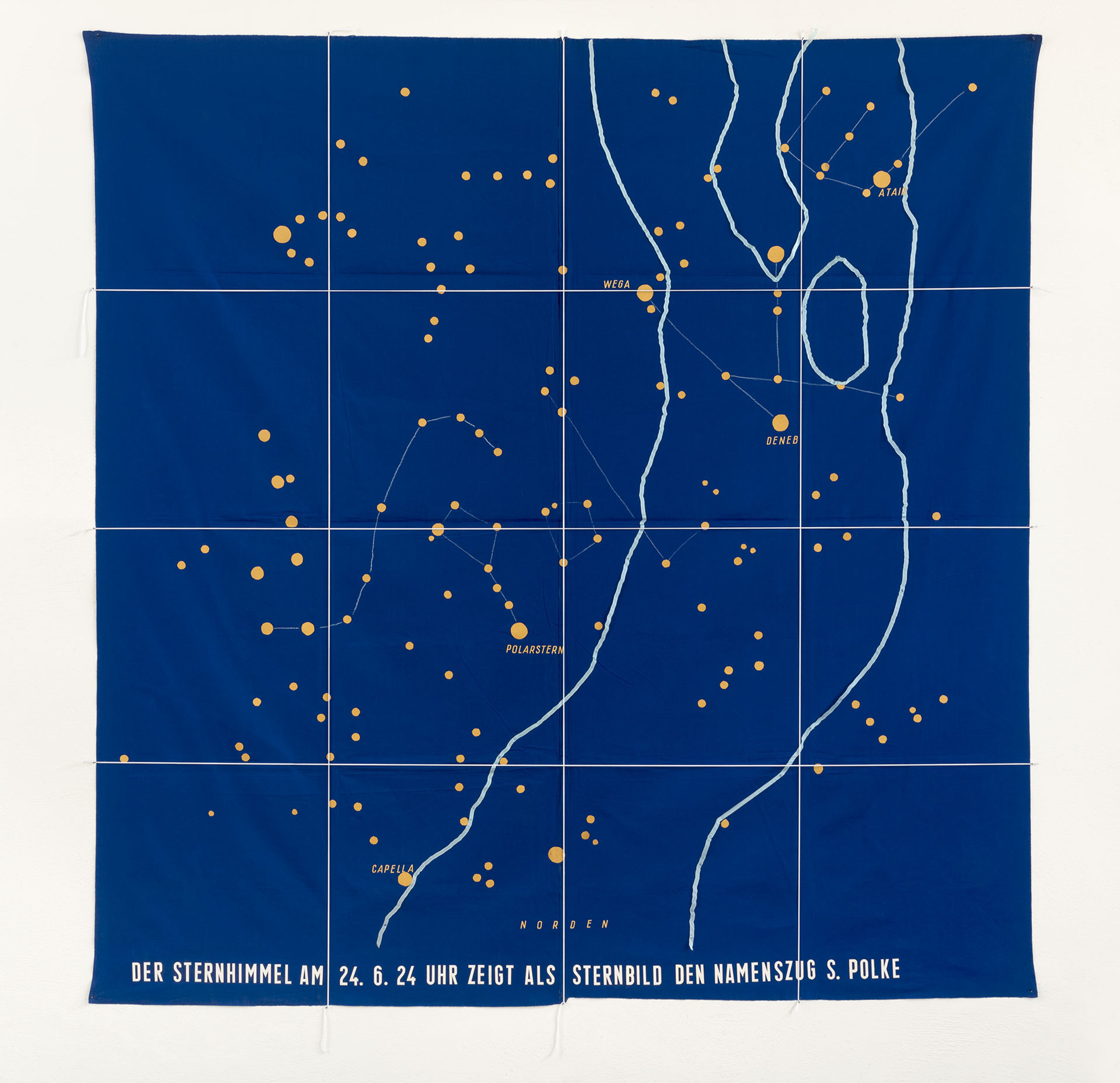
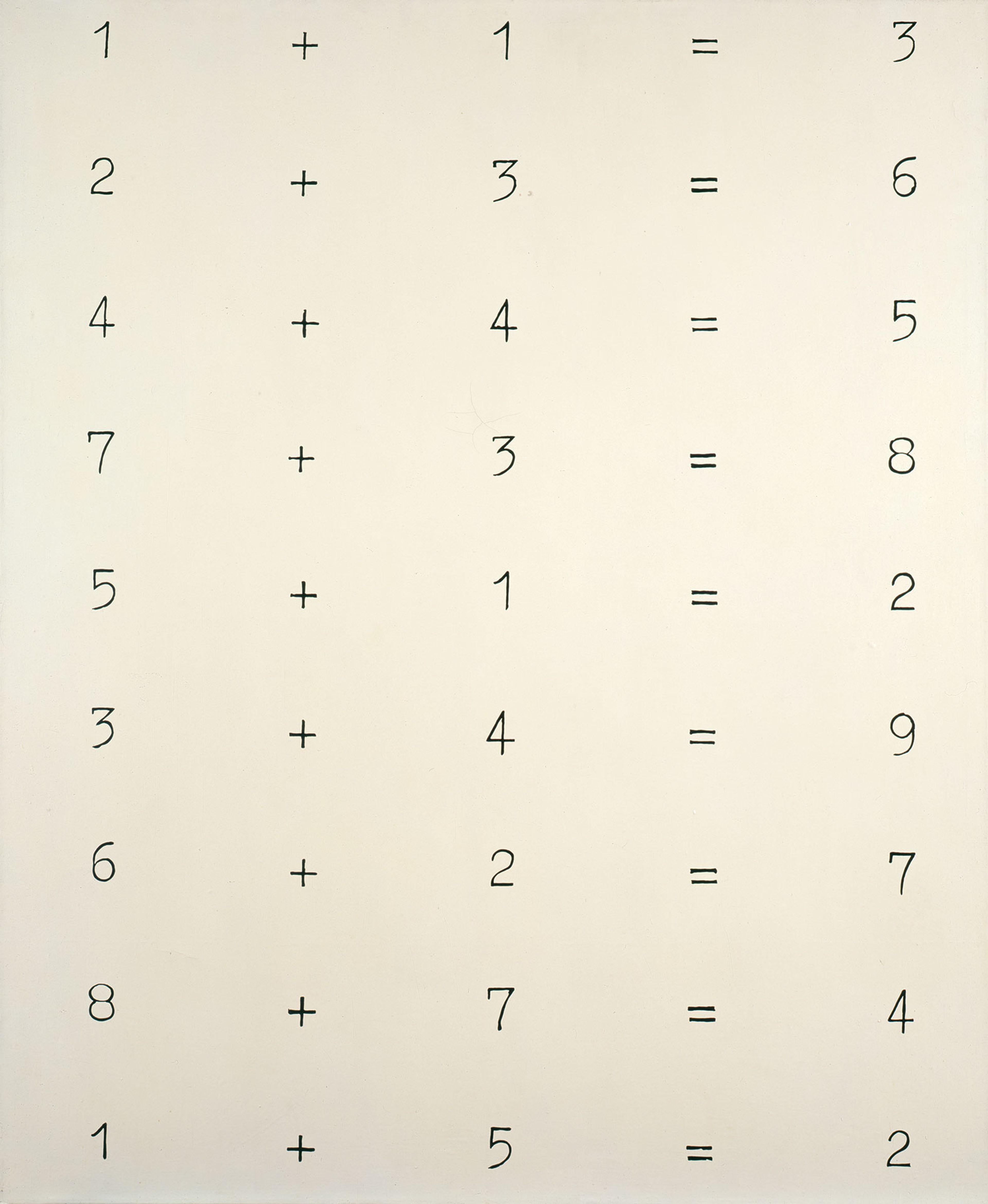
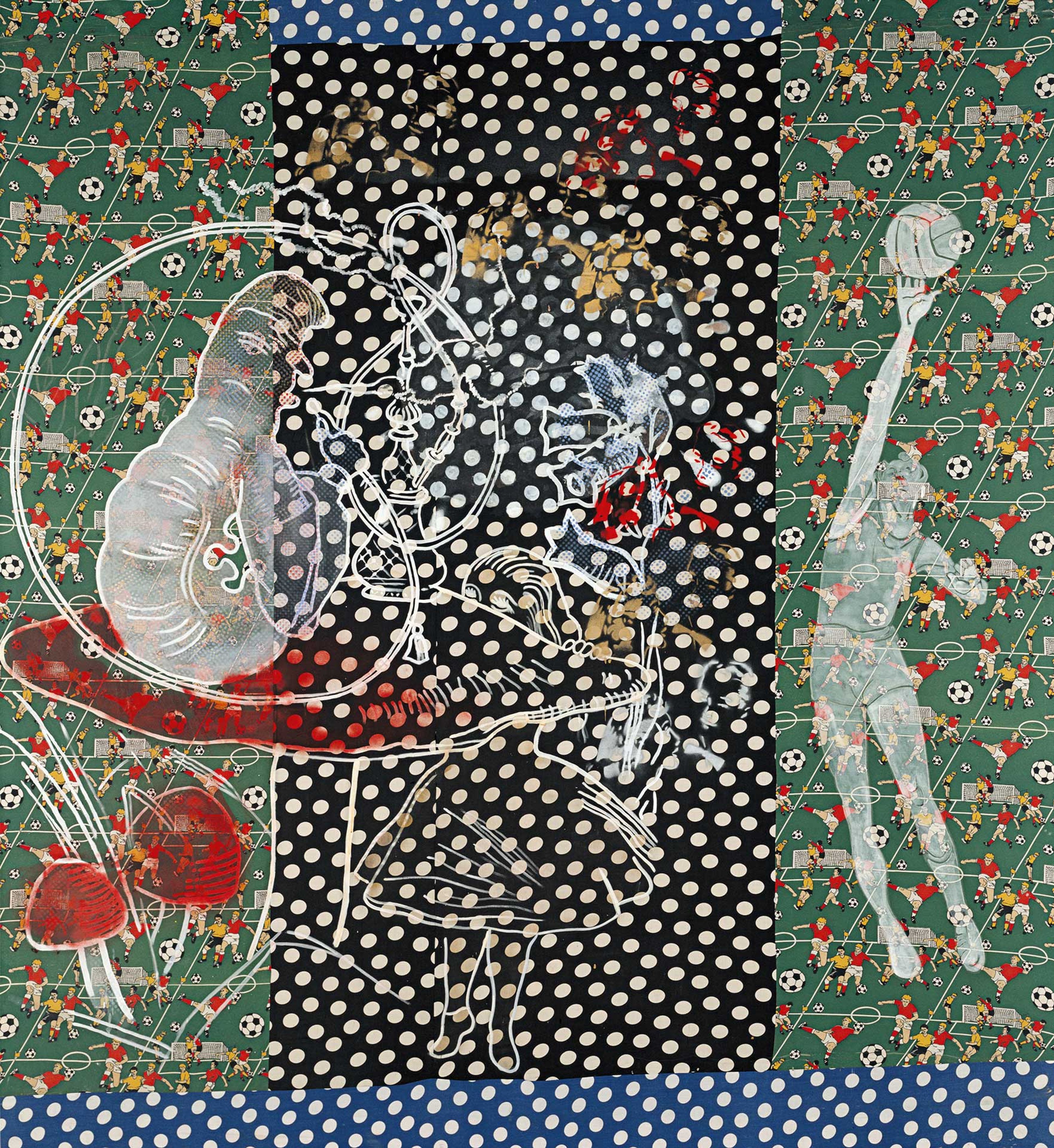
![A work on paper by Sigmar Polke titled Die Fahrt auf der Unendlichkeitsacht III (Die Motorradlampe), translated as (The Ride on the Eight of Infinity III [The Motorcycle Headlight]), dated 1971.](https://cdn.sanity.io/images/juzvn5an/release-adp/09c8411f19f1a543cbd6dd5d2950e9ecb49a4af6-2817x1920.png?w=3840)


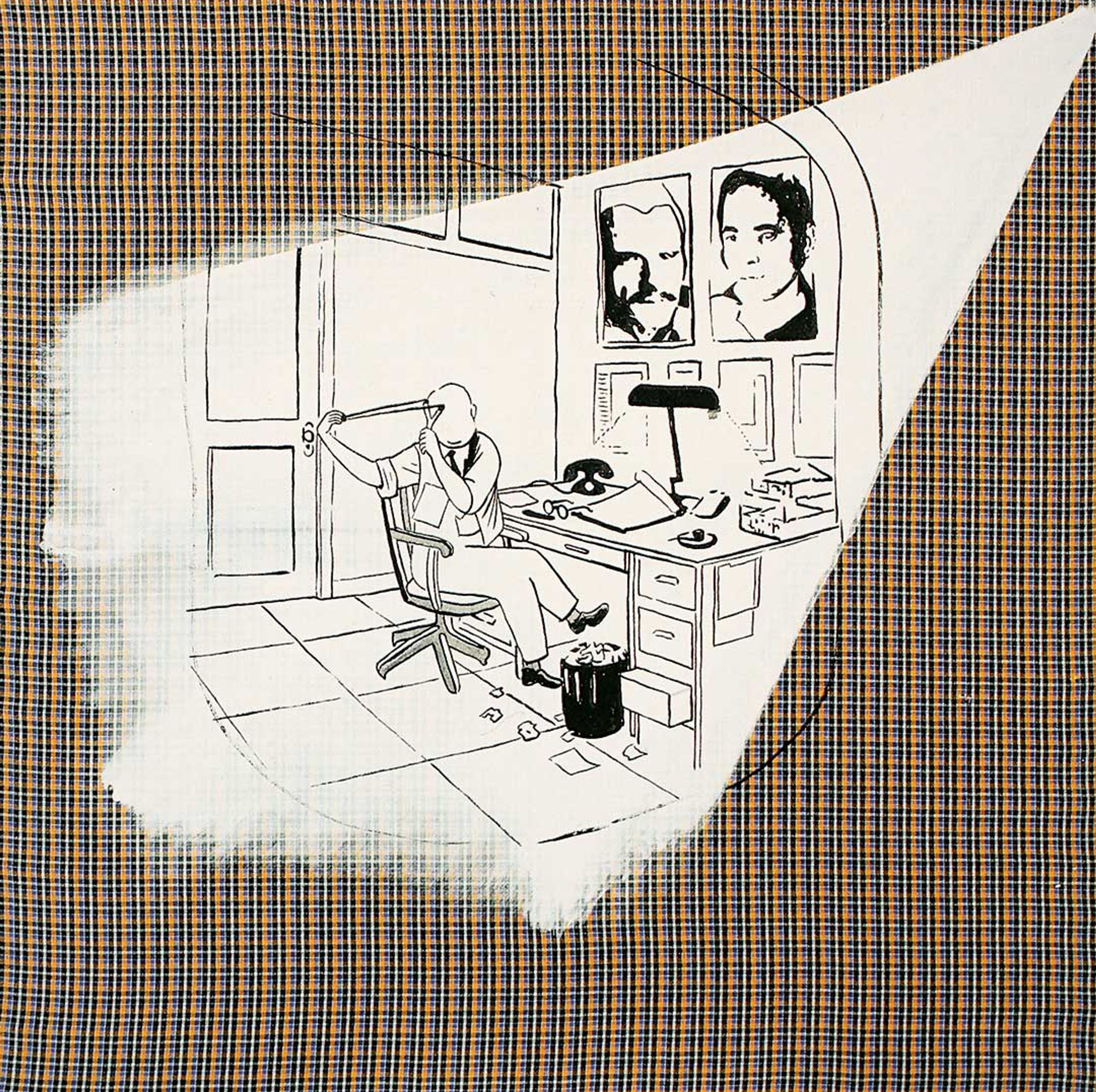

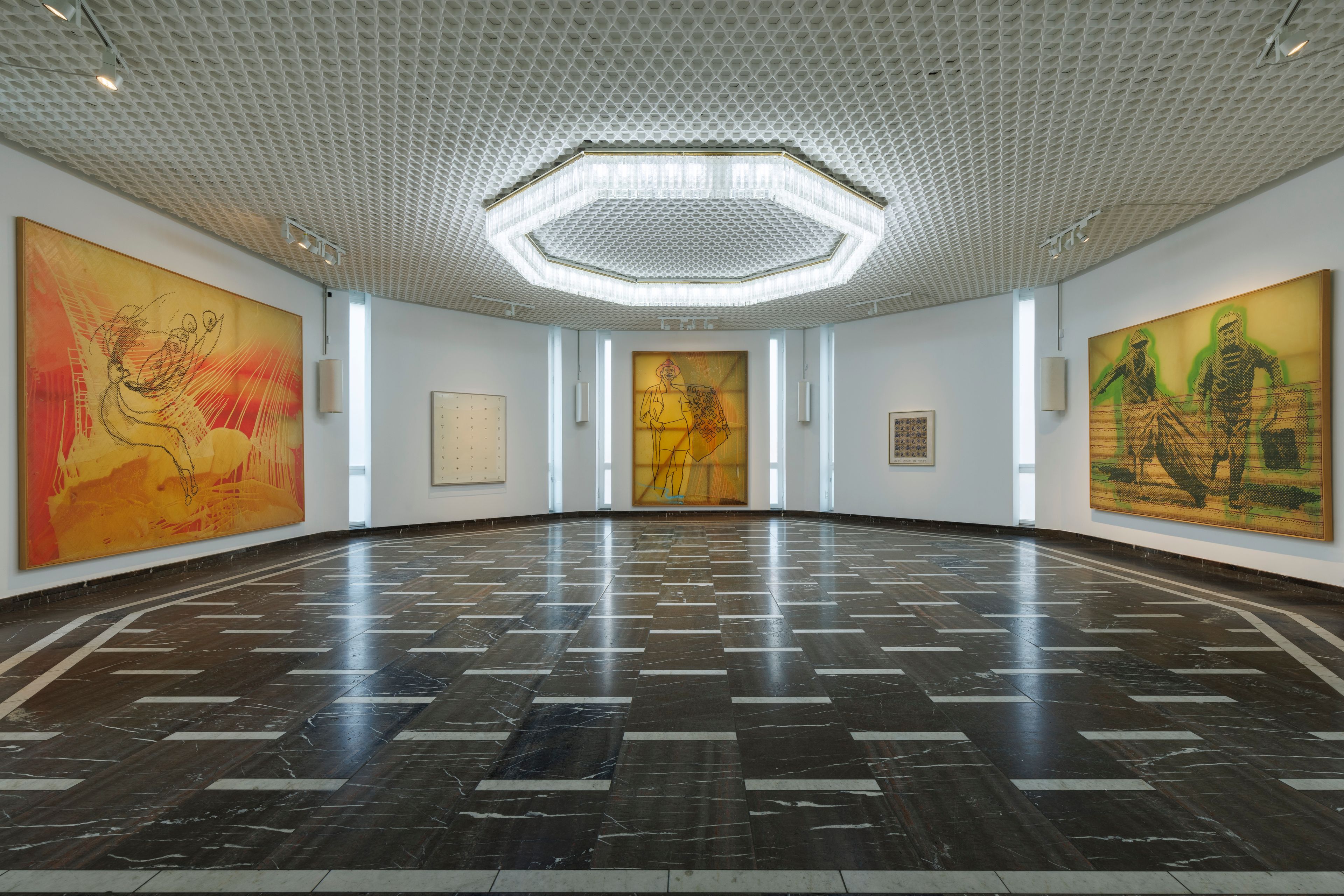
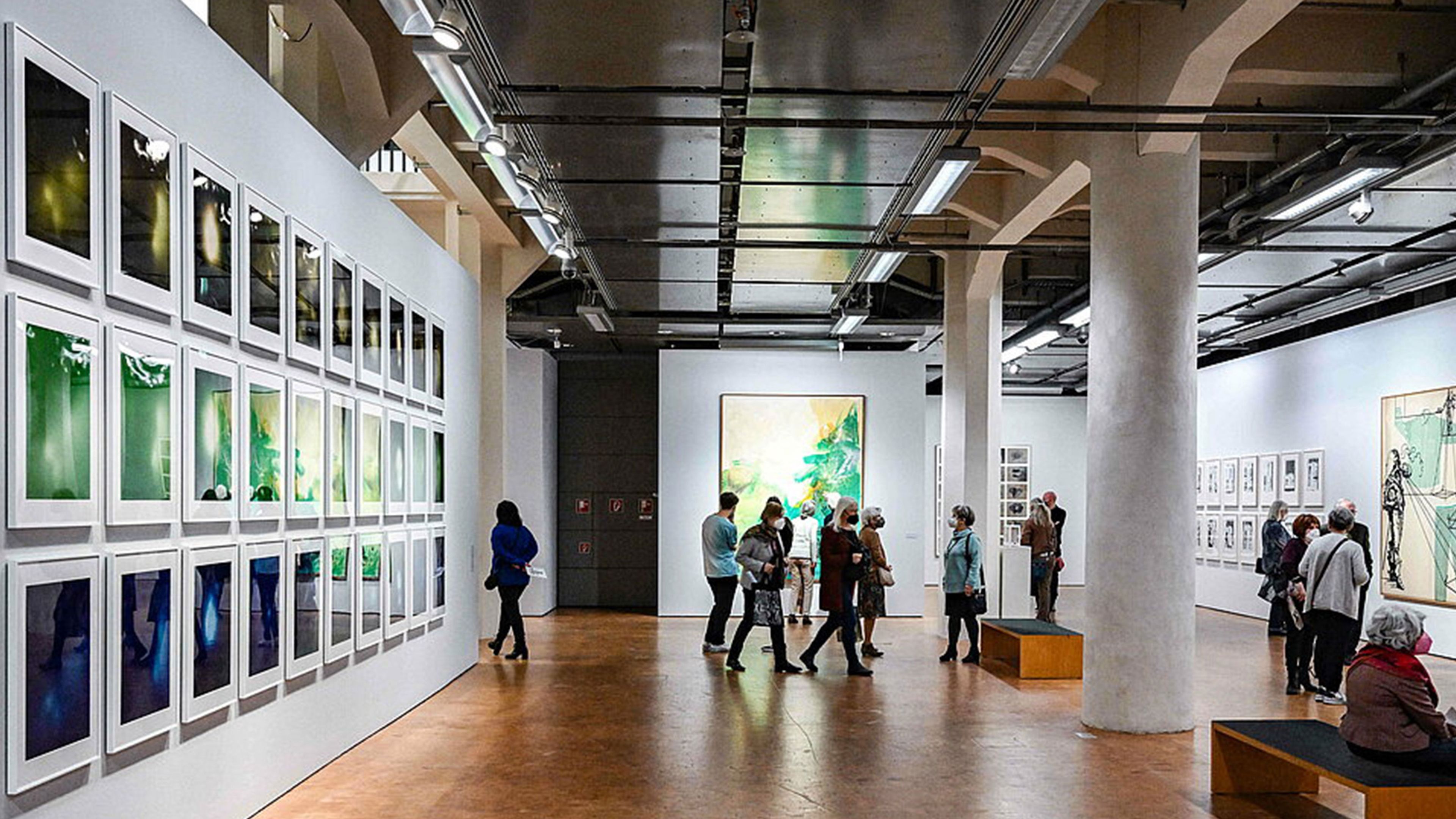

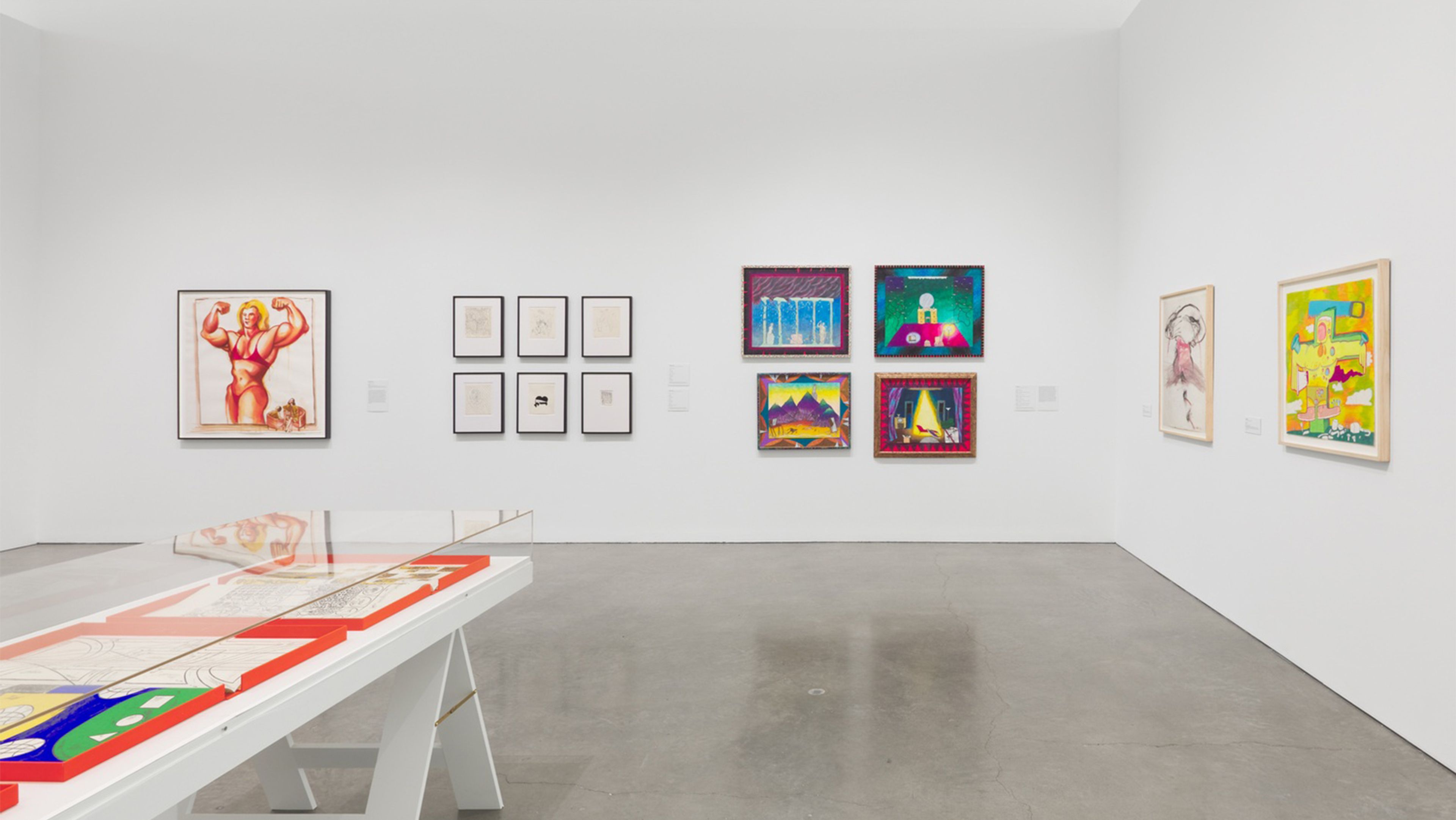
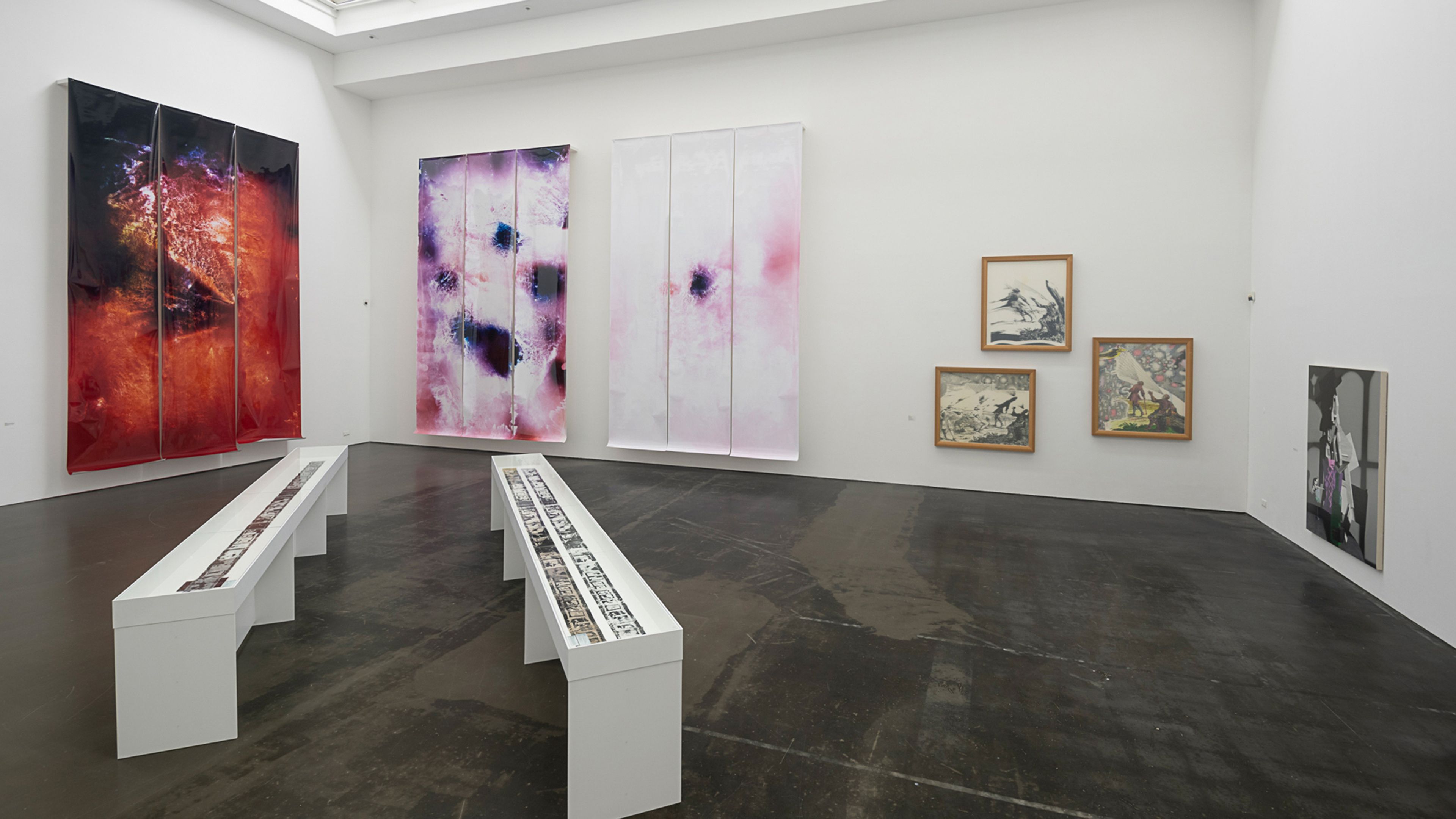
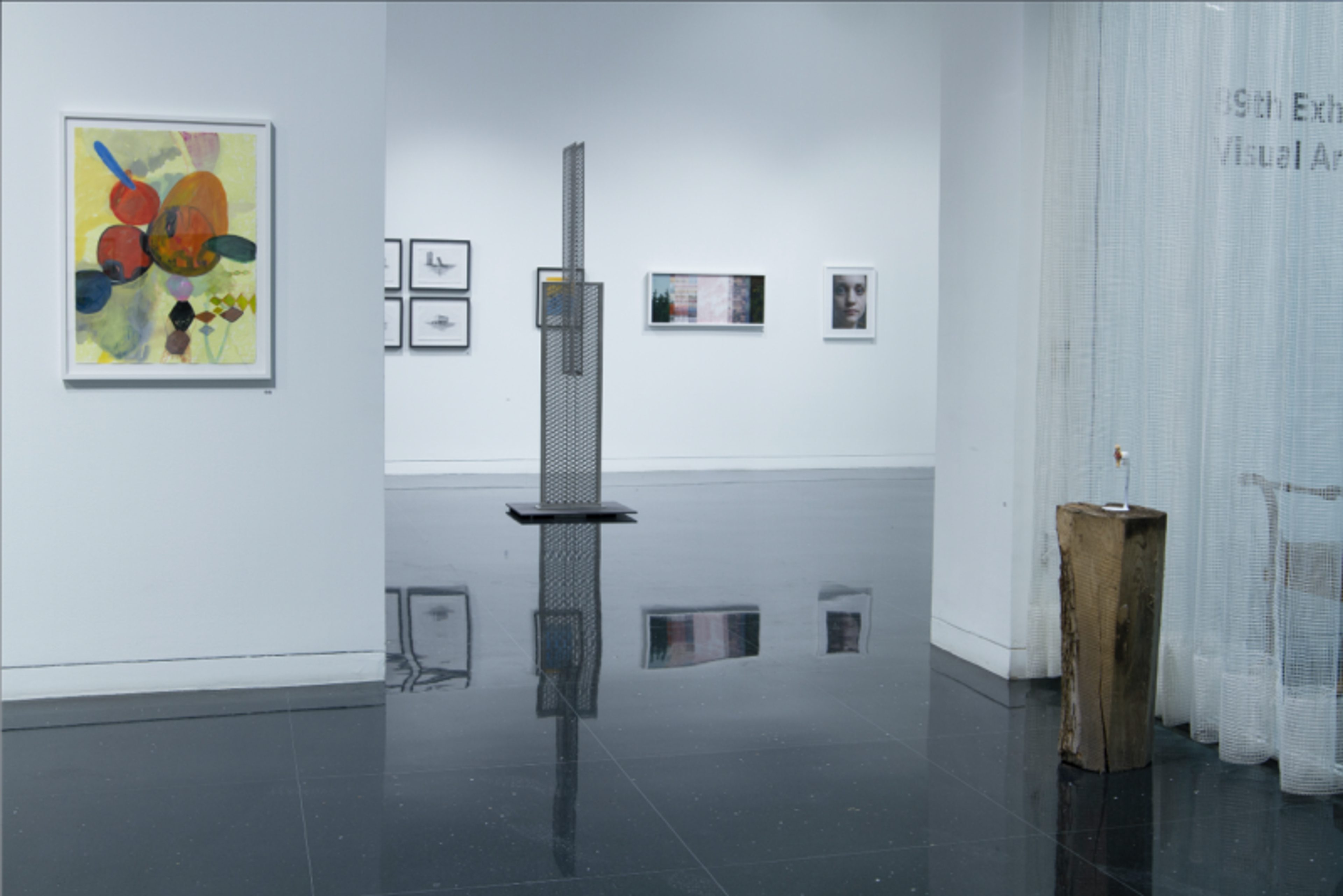
![Photographs by Sigmar Polke, titled [Photographer’s Window, Afghanistan], dated 1975.](https://cdn.sanity.io/images/juzvn5an/release-adp/6a609bb1b387d52df32d5bea1bfa24449dd89eb6-2560x1442.jpg?w=3840)

